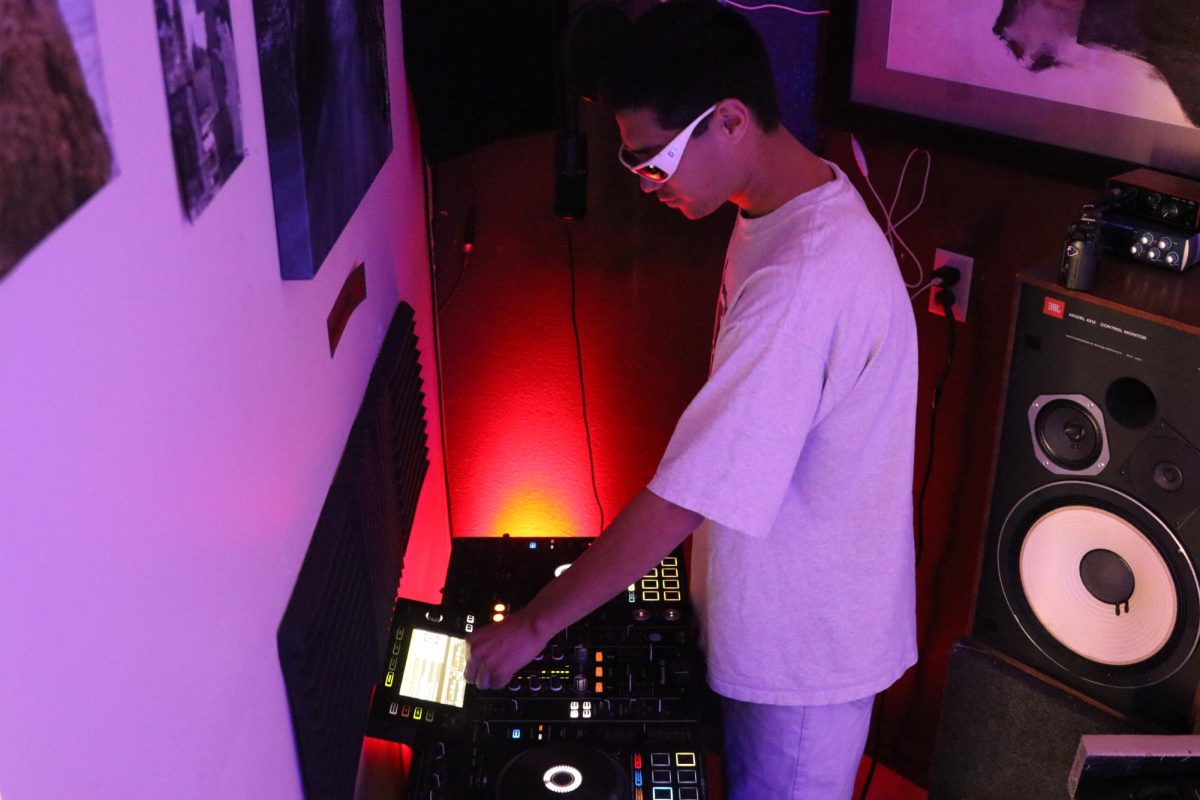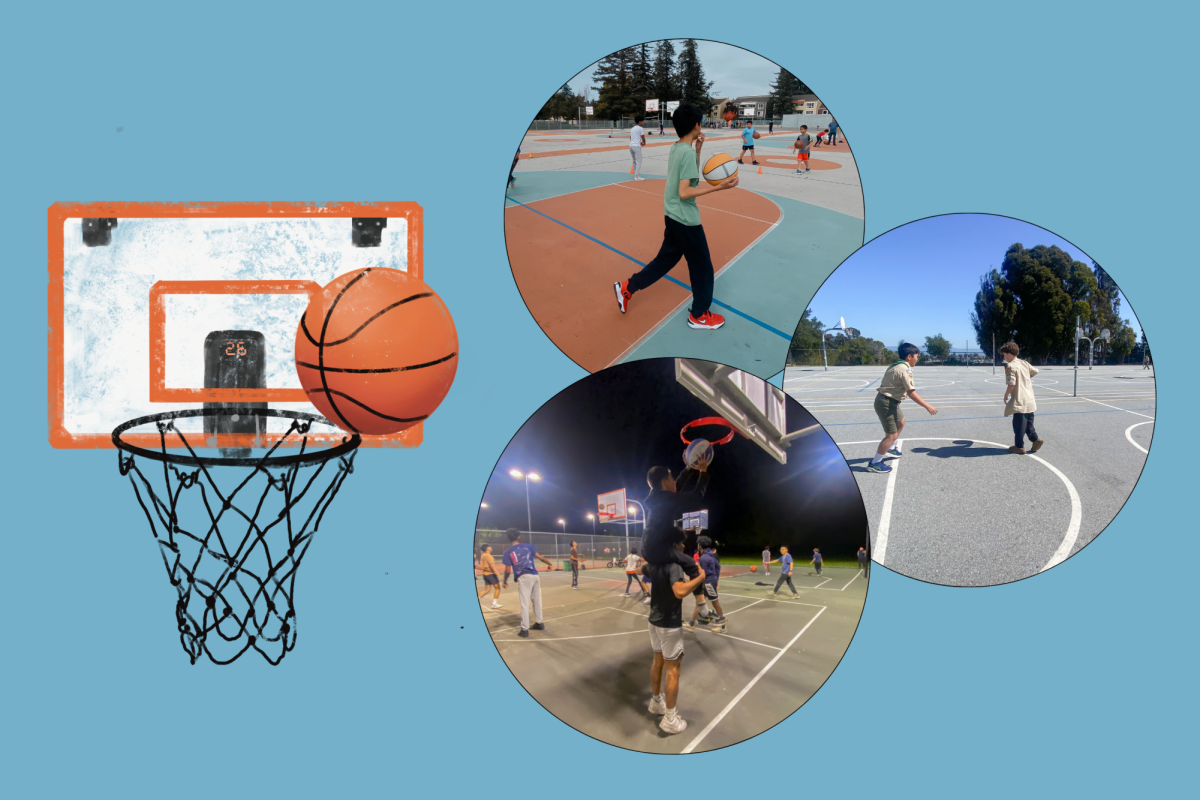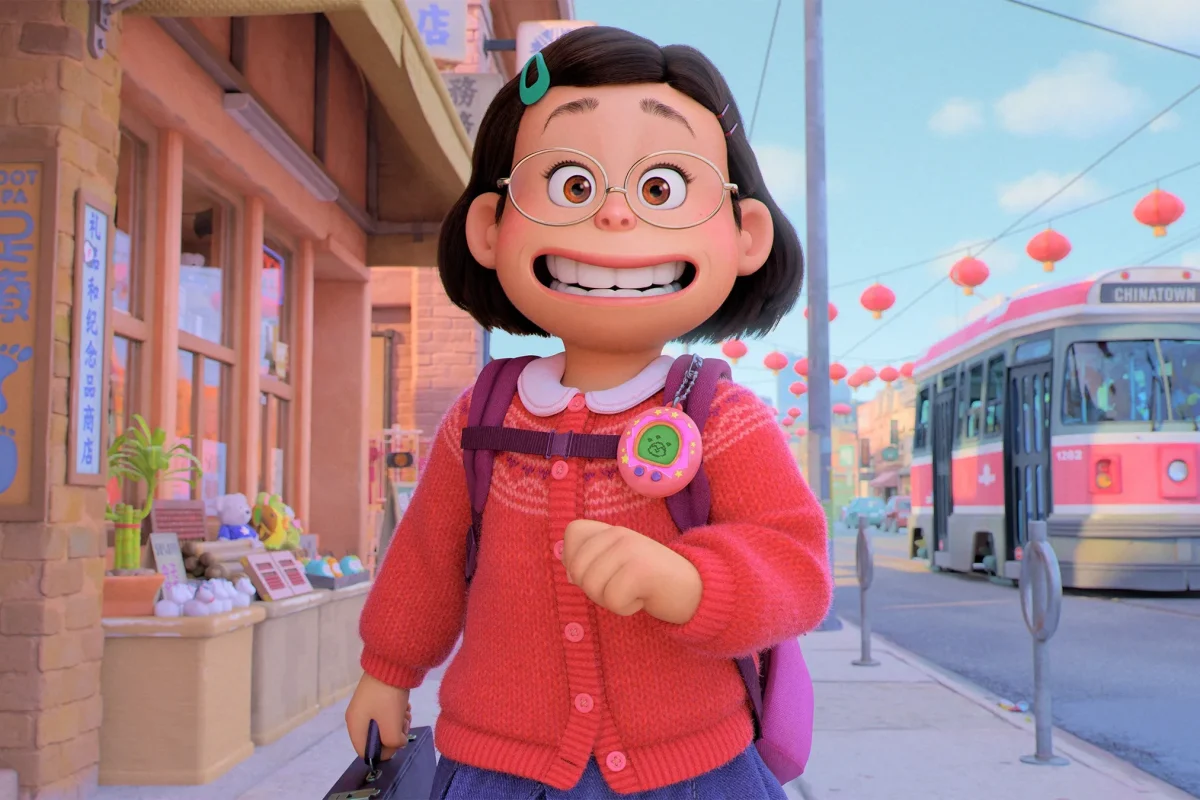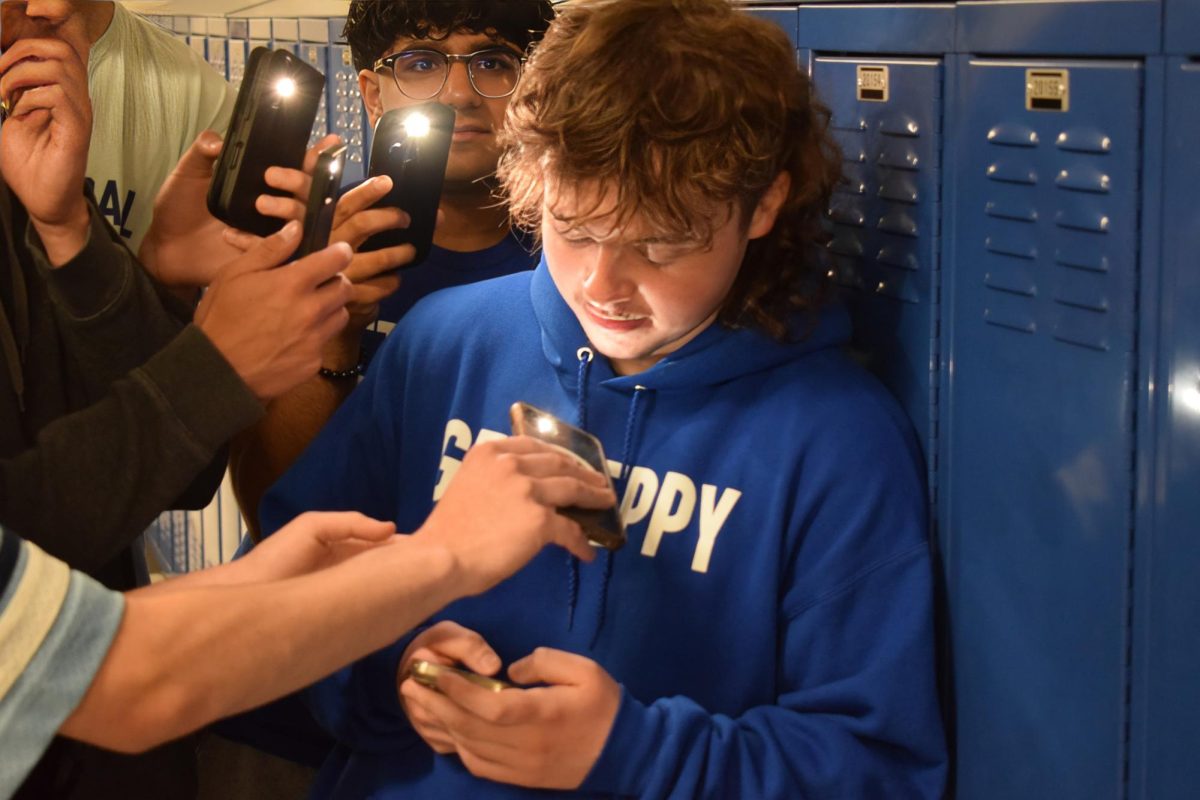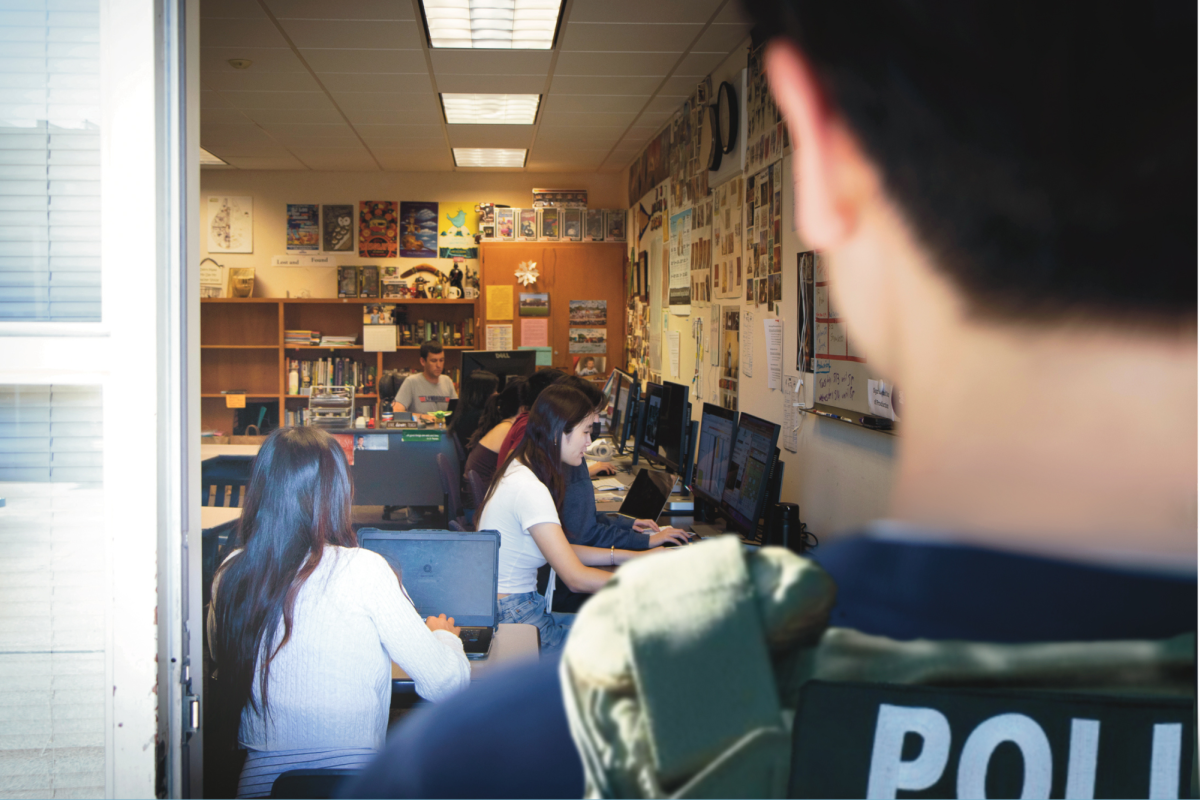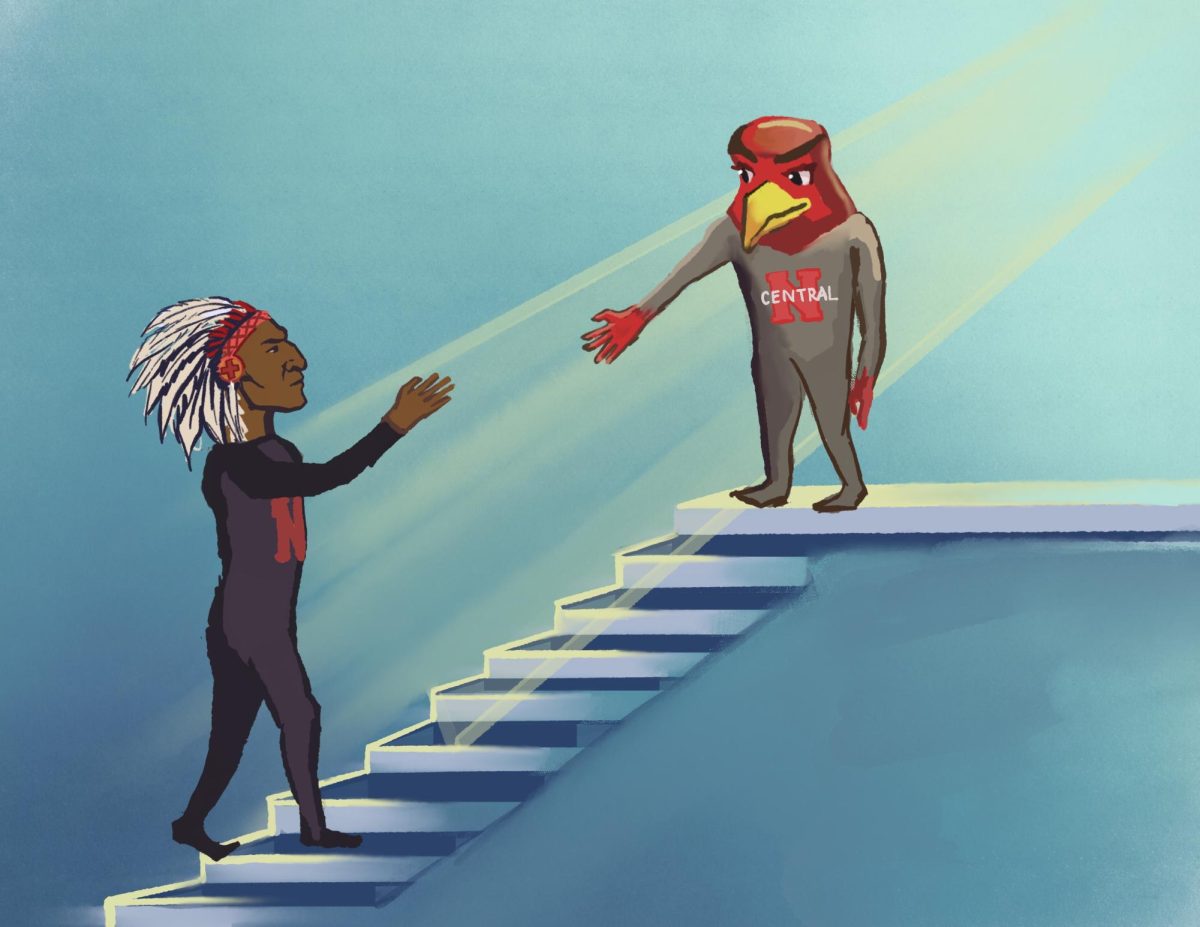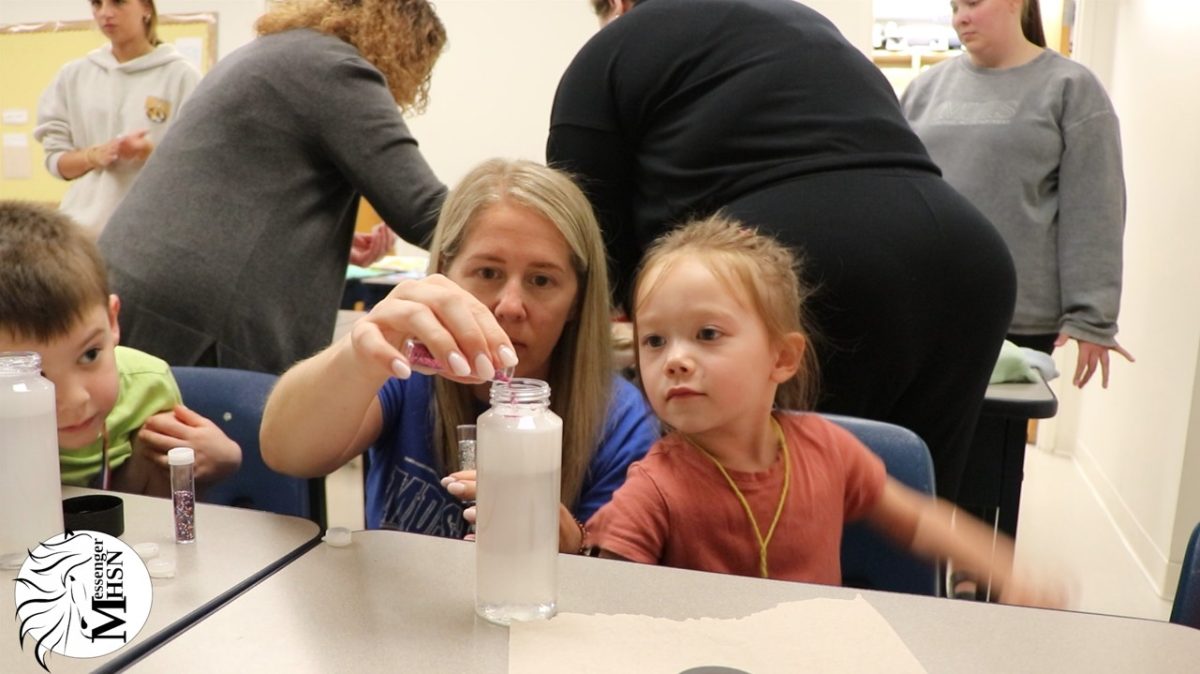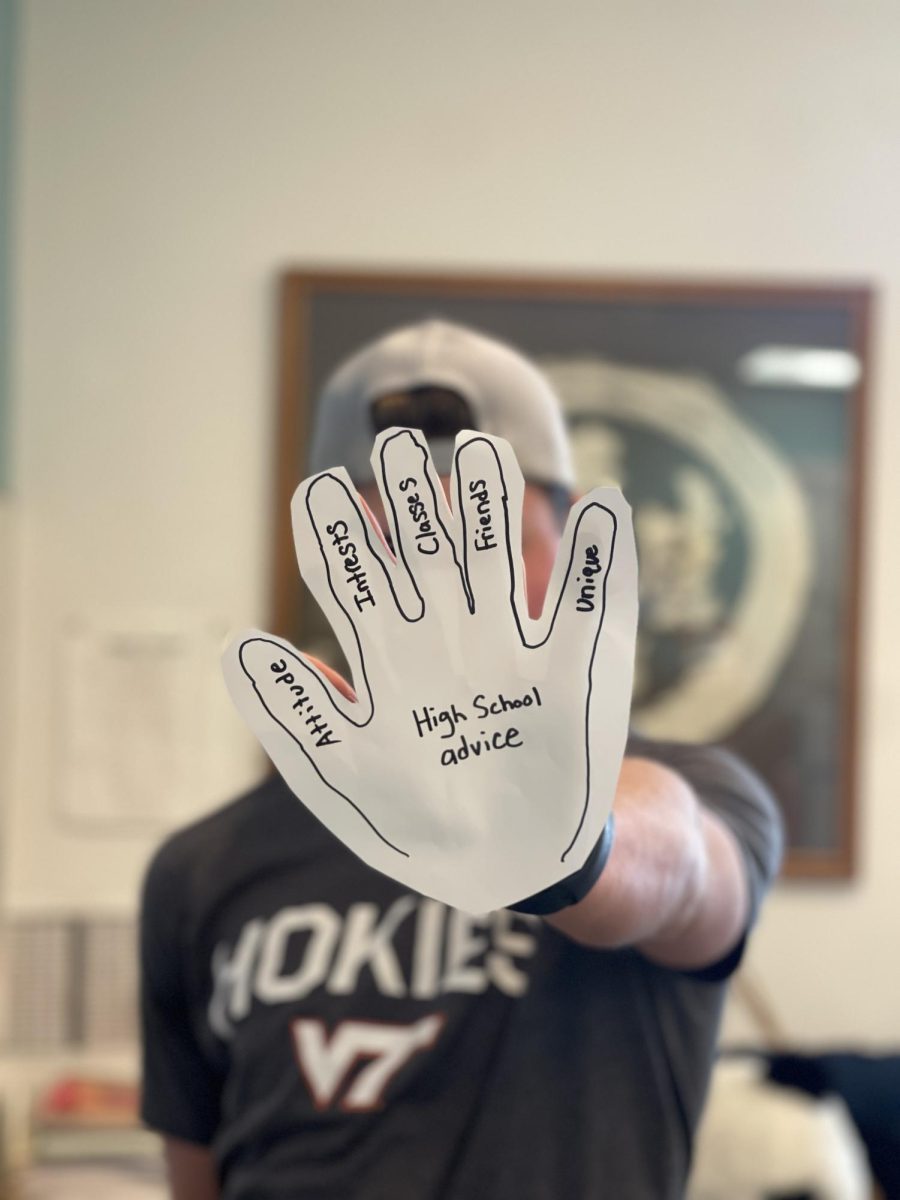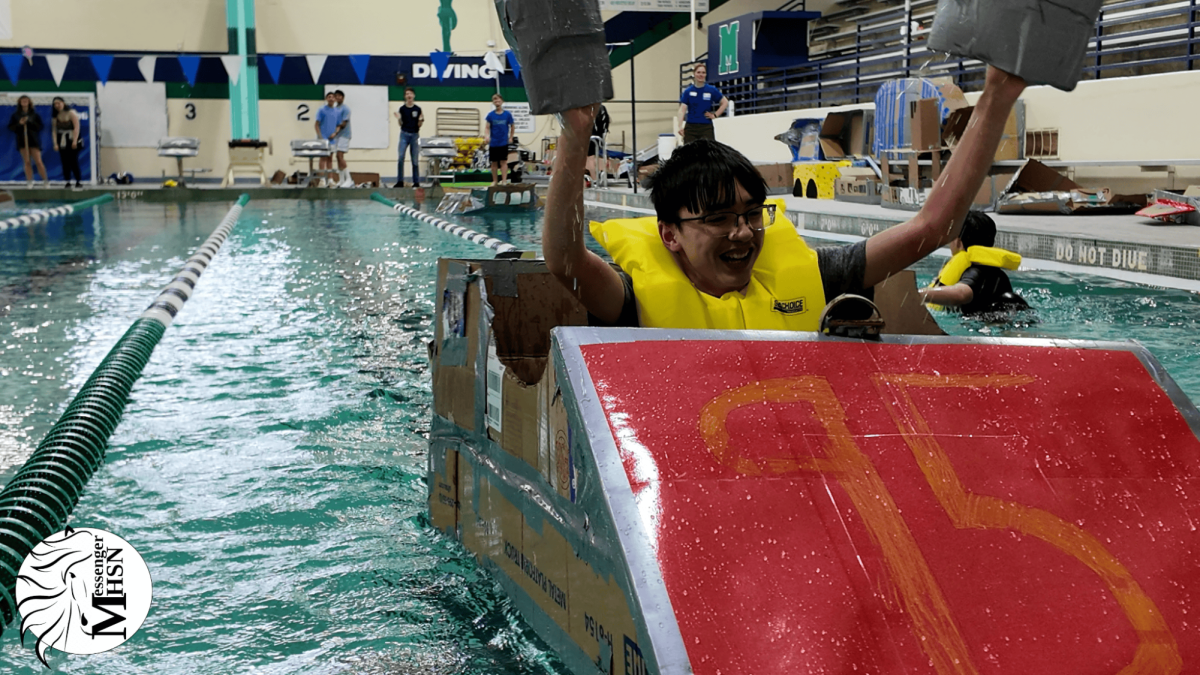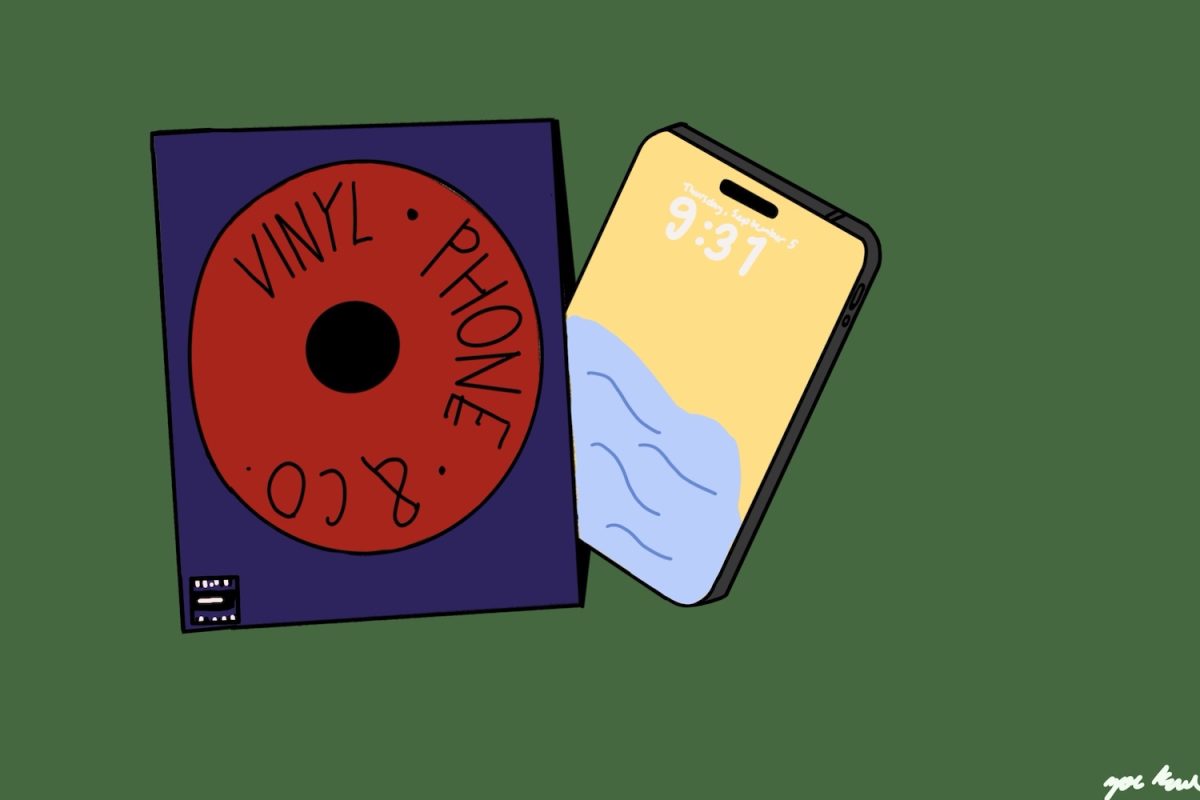Everything at your fingertips is a common slogan among tech companies, insinuating that their product will provide access to, well, everything. We accept this notion blindly as technology consumes our lives. In some ways, this takeover is beneficial, as technology’s efficient qualities are vital to moving forward and modernizing the world. Nonetheless, it is evident that physical media is still irreplaceable.
Nowadays, many children are unfamiliar with items such as DVD players, vinyl records, cassette tapes and even more extreme cases such as phone books, newspapers and dictionaries. With new technology and artificial intelligence developments on a steady rise, many of these items are becoming obsolete.
The fondest memories are formed away from screens and in places where we can use all of our senses. It just so happens that 3D is much more immersive than a flat screen. A physical object can hold more weight emotionally to a person such as its personalized quality and the nostalgia associated with it. We experience sensations from meaningful physical items whenever we come into contact with them. For instance, we all have that childhood stuffed animal that brings us comfort. According to the British Psychological Society, people begin valuing possessions that they deem irreplaceable. Since our devices seem to be ever-changing, our physical items hold more permanence and, with that, more meaning.
I was born in 2009, soon after iPhones were introduced in 2007. My age group was raised in the playground, with Play-Doh and slinkys as toys. My sister who was born in 2014, however, is an early member of Generation Alpha. She has grown up somewhat engaged with the world around her, but is still watching “Peppa Pig” on her iPad. Her art supplies go unused, yet new apps are constantly installed. I watch warily as new generations detach from the physical world, losing creativity.
Having actual objects is not just a matter of nostalgia but is impactful psychologically. According to Boston University, physical contact alerts your brain, causing you to truly feel the essence of what you’re touching. As a result, objects we feel are infused with meaning. They trigger our senses and prove to be more engaging.
Handwriting and muscle memory are also indispensable factors throughout primary education, specifically for memorization and learning languages. Physical touch allows children to identify the many shapes and textures in this world that are both new and exciting. Touch is vital in child development and stimulates neurosensors within the brain. Depriving children of this, especially at their most impressionable age, could lead to concerning effects in their later life, according to the National Library of Medicine. These physical learning methods can’t be replaced by typing and other online learning features, otherwise we’ll be raising children who lack awareness in the physical world, unfamiliar with true interaction.
In creative forms such as art, and even music, artists value a tangible item that stores the creative process of their work. An item such as a canvas or a CD takes up space in the world differently than a song on Spotify does. This understanding is empowering and acts as a large driver for creativity. Giving art a place in this world to be preserved, such as museums, is meaningful as it emphasizes the time and skill put into creative pieces. Seeing your favorite artist’s work displayed in a museum showcases the dedication and time put into the piece — allowing you to notice every brushstroke.
Furthermore, with the rapid increase in technology usage over the past couple of years, we are becoming digitally fatigued. Living in such a constant, fast-paced environment where new trends arise and discoveries are made constantly is impossible to keep up with. Such access to a plethora of digital platforms provides everyone with the ability to rapidly produce media and content without having time to sit and verify the meaning behind it.
Constant media production leads to exhaustion and also comes with a lack of authenticity and originality as the new digital age exposes everyone to various different cultures and unique individuals — everything at our fingertips, as they say. While this sounds positive, overindulgence in information causes consumers to merge their diverse skill sets and lose all uniqueness. All creative mediums join and everything has inspiration from something else in our attempts to create something different. When everyone has access to everything, it results in homogeneity as we slowly evolve into one another.
The main argument against physical media is the environmental impacts of constant production. Though it is unlikely that an entire population will switch to physical media, many of these goods are reusable and can be repurposed repeatedly. Additionally, technology has its own negative impact on the environment, accounting for 7% of global emissions, according to Green Match. It’s less about creating a new fad or trending item but instead about the sentiment behind purposeful media, thus creating intentional and lasting items.
Ultimately, physical media brings us together. An artist will feel unfulfilled and unmotivated, as their art can only be accessed through pixels and not in its original form. Technology serves us benefits and has forced us to evolve, but there is still room for the physical items we carry with us and across generations.
We must leave some physical connection for the generations to come. My sister doesn’t understand the joy that comes with museum visits, using a CD player or even making use of legos and building blocks. On a path of disconnecting from the physical, our future risks being untraceable and emotionless.
This story was originally published on The Standard on September 25, 2024.









